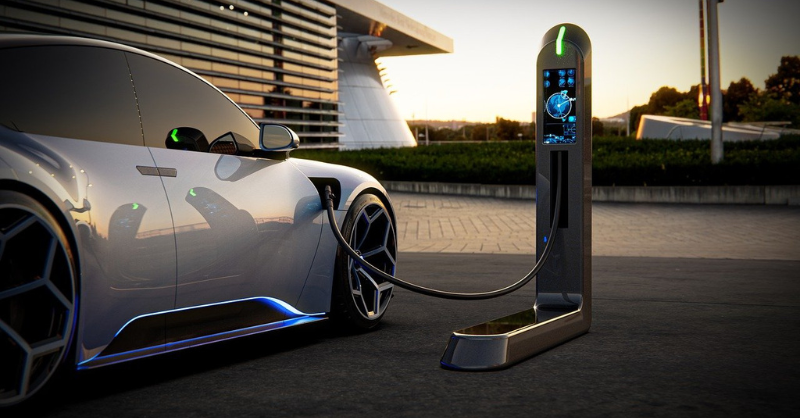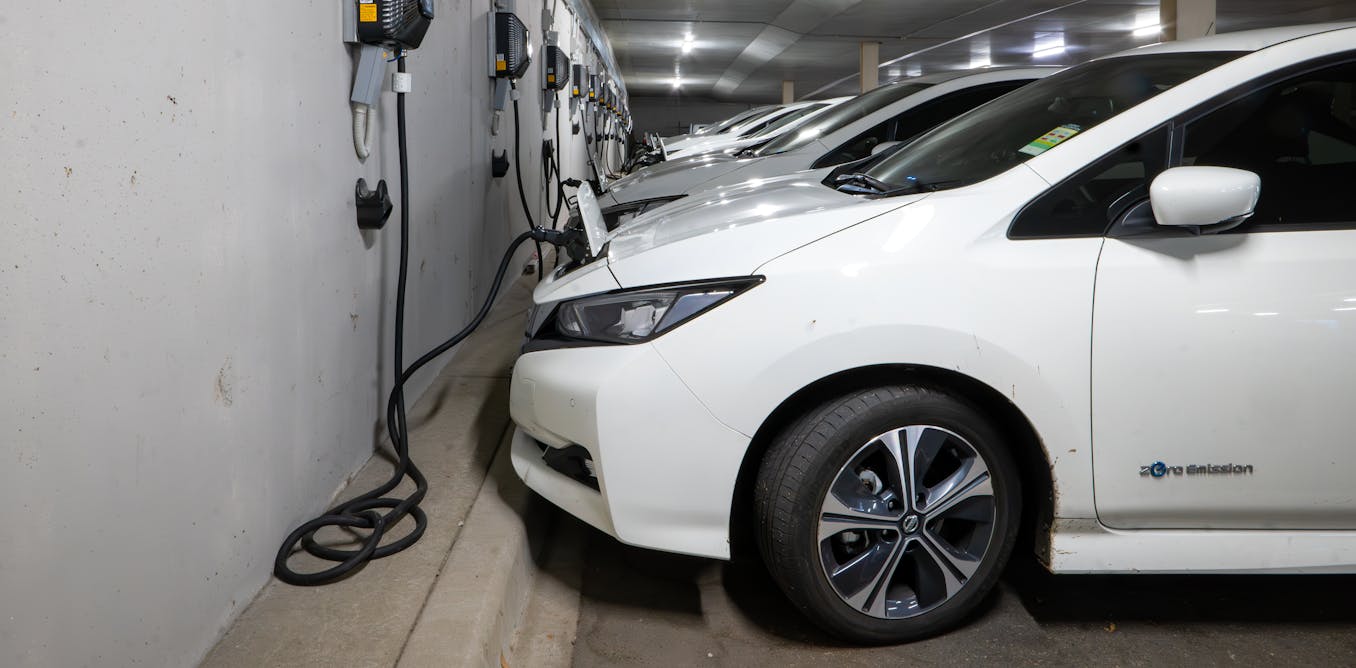
Can we support the electricity grid using EV's?
In the 'first' real world test, EV's were successfully used to support the electricity grid when it was under stress. There is still a lot of work to do, but V2G looks like a viable technology
There are already a lot of EV's 'on the road'. And we can expect to see a lot more fairly quickly. At the same time, our electricity grids are showing signs of stress. They need more support. The idea of using the batteries in our Electric Vehicles (EV's) to provide support to the electricity grid can seem like one of those ideas that sounds good on paper but is just too complex in practice.
But the Realising Electric Vehicle-to-Grid Services (REVS) project in Australia has shown that it actually works, in a real life situation.
The bad news is that the study has also highlighted some related systems issues that we need to fix if Vehicle to Grid (V2G) is to deliver its full potential.
And yes, we now need to work out how to scale it up.
This is a What Caught Our Eye story - highlighting reports, research and commentary at the interface of finance and sustainability. Things we think you should be reading, and pointing out the less obvious implications. All from a finance perspective.
It's free to become a member ... just click on the link at the bottom of this blog or the subscribe button. Members get a summary of our weekly posts, including What Caught Our Eye and Sunday Brunch, delivered straight to your inbox. Never miss another blog post !
When the electricity grid needed support V2G stepped up
In February 2024 a storm blew over high-voltage transmission towers west of Melbourne Australia, triggering the disconnection of Loy Yang coal power station and two wind farms. When these power generators disconnected, that created an immediate shortage of power supply in the national grid. The traditional response would be to call on back up generation, normally fossil fuel powered.

But this time EV's were also part of the solution. At the time of the event, 16 electric vehicles from the REVS fleet were plugged in to chargers at six properties across Canberra. Four vehicles were charging, 12 were idle. They quickly switched from charging to discharging power into the grid.
In total, the 16 vehicles provided 107kW of support to the grid. This was apparently the first time in the world such a vehicle-to-grid response to a grid emergency has been demonstrated.
Now 107kW of support might not sound very much (it's not), but to give it context, you would need only 105,000 vehicles providing such a response to fully cover the typical spare capacity in the NSW and ACT system used to balance supply and demand when an unexpected event occurs.
Australia already has more than 200,000 electric vehicles. Of these, 98,436 new electric vehicles were sold last year. So, already enough capacity to help support the grid, and the number of EV's on the road is growing not shrinking.
How does V2G work
The EV's are 'plugged in' via bi-directional chargers, controlled by software. This means they can charge by taking electricity from the grid, and discharge back to the grid. In case of an emergency, the grid sends a signal to the controller, and the EV begins to discharge, providing much needed grid support.
Normally it's only needed for a few minutes. Once the grid is stabilised the EV can resume charging. It all sounds simple, but it's actually more complicated than it sounds, hence the need for a real world live test.
What were some of the bugs in this case? Once the vehicles had discharged power for ten minutes, nine vehicles started charging again. This is because their default behaviour is to charge when their batteries are below a certain level. It’s the last thing the power system needs while trying to stabilise.
And when the team looked at data from other ACT government vehicles parked in these properties, they found 23 were charging throughout the event. Again this directly obstructs power system recovery.
The researchers make the point that "stopping 6,000 vehicles charging (at 5kW) could have kept the power on for the 90,000 customers whose power was cut that afternoon".
All fixable, with some bugs easier to fix than others.
What is the next challenge for V2G? The first big step is to ensure that all EV charging (smart charging) is set up so that the EV stops taking charge when the grid is under stress. Normally it's only for a few minutes, and so there is only very limited disruption to the vehicle owner.
And the second is to ensure that all new EV's are set up, out of the box, to operate V2G. This one is tougher, requiring vehicle manufacturers to install this facility as standard, and for car sales teams to educate drivers when they buy the car. Work on this aspect is in hand.
Electrifying our home cooking, vehicles, space and water heaters is essential for the transition to a zero-emissions future. But we need to better design how all these devices interact with the electricity system that powers them. Devices that aren’t needed urgently should not use power when the grid is stressed. Instead, they should use power when there is ample renewable supply.
There are various other trials of the V2G technology around the world, including the V2VNY project in the UK and the Incit-EV project in Europe. From an investment perspective V2G has real potential. It's a few years away from being commercialised, but it's definitely something worth tracking.

Please read: important legal stuff.


